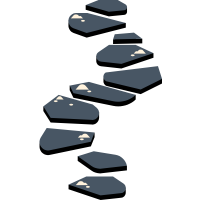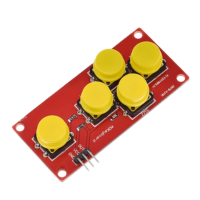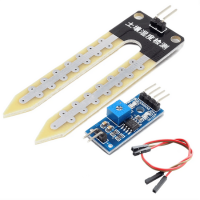Engineering Management IV: MVPs

One of the biggest traps for any team is confusing progress with movement. It's easy to stay busy, harder to stay focused. As managers, part of our role is to help our teams create value fast enough to learn, but not so fast that we lose direction. This is where the concept of the MVP, or Minimum Viable Product, becomes a practical tool for alignment and learning.


